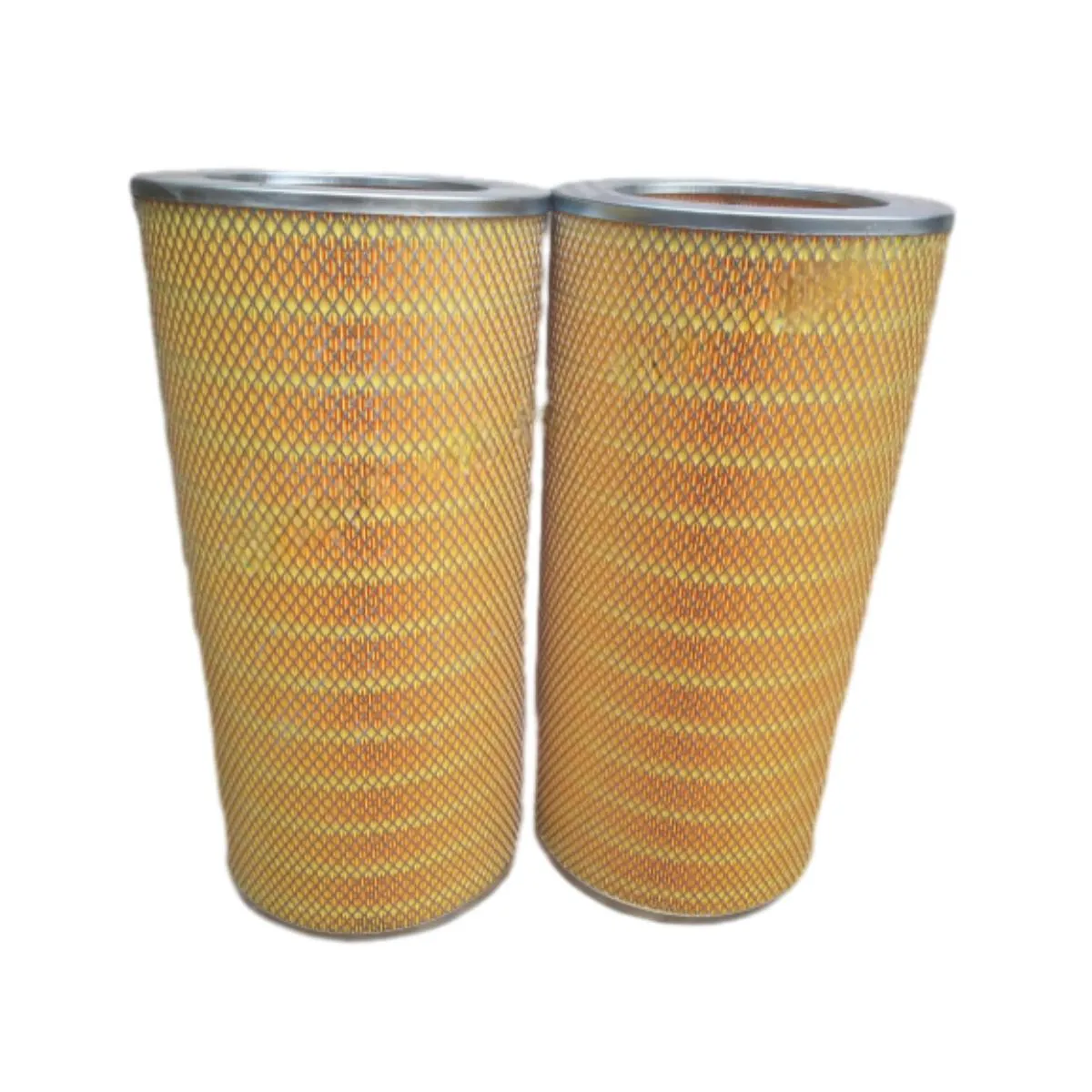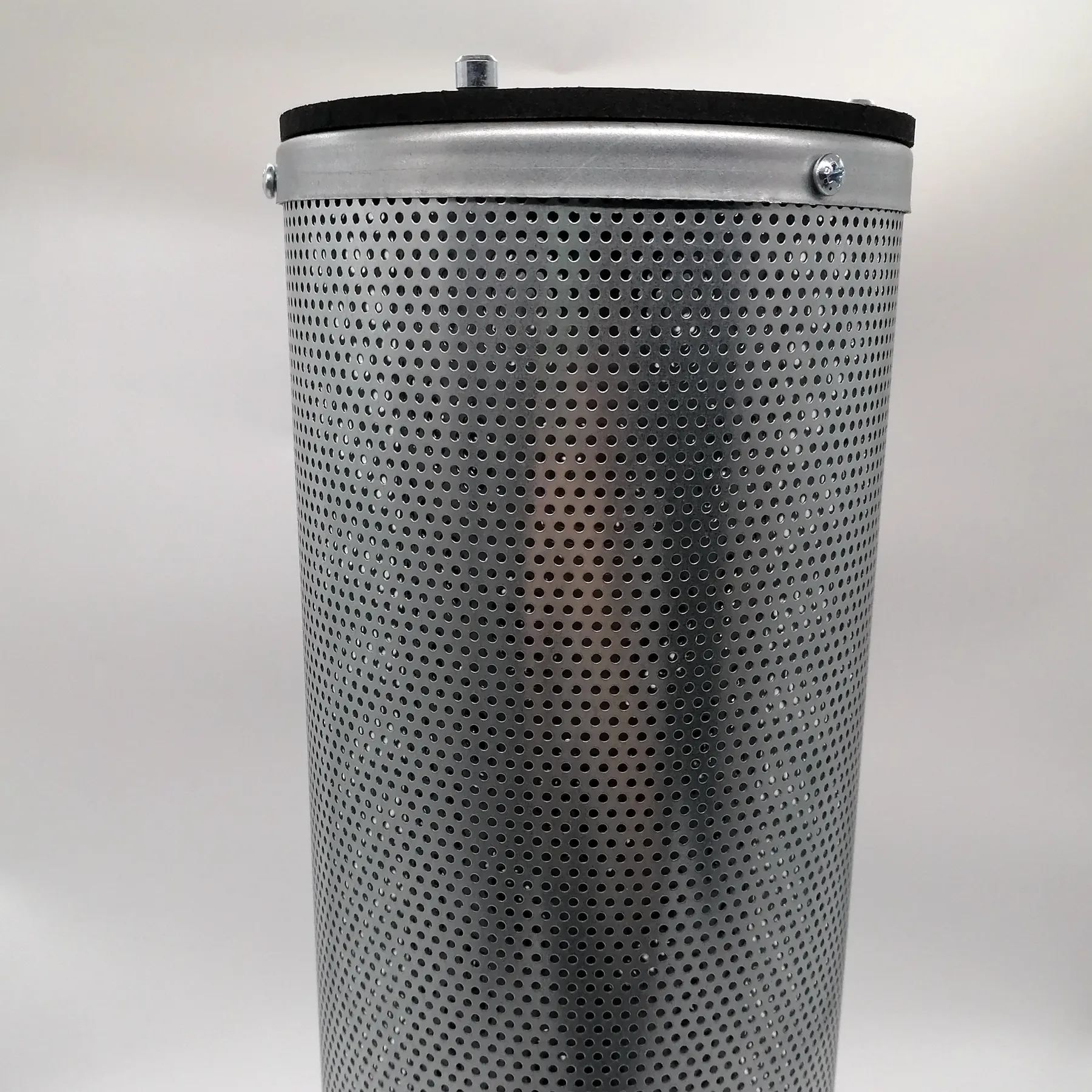 Tel:
+8618931101301
Tel:
+8618931101301
11월 . 18, 2024 06:59 Back to list
dust cartridges
Understanding Dust Cartridges Their Importance and Applications
In various industrial and commercial settings, effective dust management is a critical factor that influences not only the cleanliness of the environment but also the health and safety of workers. Dust cartridges play a vital role in maintaining air quality and are an essential component in many dust collection systems. This article explores the significance of dust cartridges, their functioning, types, and applications.
What are Dust Cartridges?
Dust cartridges are specialized filters designed to capture and contain airborne particles, such as dust, smoke, and other contaminants. They are used in commercial and industrial dust collection systems to improve air quality by filtering out harmful particles from the air. Typically, these cartridges are cylindrical and packed with filtering material that allows clean air to pass through while trapping pollutants.
Importance of Dust Management
Effective dust management is crucial for several reasons. First and foremost, it protects the health of workers. Inhaling dust particles can lead to various respiratory issues, including asthma, bronchitis, and even lung diseases like pneumoconiosis. Furthermore, excessive dust accumulation can result in hazardous working conditions, leading to slips, trips, and falls.
In addition to health concerns, dust can also affect equipment performance, leading to increased maintenance costs and potential operational downtimes. Dust accumulation on machinery can cause overheating or mechanical failure, significantly impacting productivity. Therefore, integrating dust cartridges into ventilation and dust collection systems is necessary to ensure a safe and efficient work environment.
How Do Dust Cartridges Work?
Dust cartridges operate based on the principle of filtration. When air containing dust particles enters the cartridge, it passes through the filter material, which captures the larger particles. Over time, finer particles get trapped within the fabric fibers of the cartridge. Most cartridges are designed to be cleaned either manually or automatically, allowing for prolonged usage and efficiency.
The cleaning process is vital as it helps to restore airflow capacity. Many modern dust collectors utilize a technique called pulse jet cleaning, where bursts of compressed air are directed into the cartridge to dislodge the accumulated dust. This cleaning mechanism not only enhances the lifespan of the cartridge but also ensures that the system continues to operate at optimal efficiency.
Types of Dust Cartridges
dust cartridges

Dust cartridges come in various types, tailored for specific applications. The most common types include
1. Cellulose Cartridges These are made from natural cellulose fibers and are suitable for capturing larger particles. They are cost-effective but may not be as efficient for fine dust.
2. Synthetic Cartridges Manufactured from synthetic materials, these cartridges provide excellent filtration for fine dust particles. They are often more durable and resistant to moisture compared to cellulose cartridges.
3. HEPA Cartridges High-Efficiency Particulate Air (HEPA) cartridges are designed to trap extremely small particles, making them ideal for environments that require a high level of cleanliness, such as hospitals or laboratories.
4. Activated Carbon Cartridges These cartridges are designed not only to capture dust but also to adsorb odors and volatile organic compounds (VOCs). They are commonly used in environments where air quality is crucial.
Applications of Dust Cartridges
Dust cartridges are widely used across numerous industries, including manufacturing, woodworking, food processing, pharmaceutical production, and more. Their versatility allows for customized solutions depending on the type of dust and the specific conditions of the working environment.
In the woodworking industry, dust cartridges are essential for capturing wood dust, which can pose significant health risks to workers. In the pharmaceutical and food industries, where hygiene is paramount, HEPA cartridges ensure that the air remains contaminant-free.
Conclusion
In summary, dust cartridges are an essential component of effective dust management systems across various industries. They play a crucial role in protecting worker health and maintaining efficient machinery operations. By understanding the types of dust cartridges available and their applications, businesses can make informed decisions about their air quality management strategies. Investing in high-quality dust cartridges is a proactive measure that leads to a safer, cleaner, and more efficient working environment.
-
The truth about washable filters: Does repeated use really not affect efficiency?NewsJun.25,2025
-
Effect of humidity on the performance of activated carbon filter elementsNewsJun.24,2025
-
Material selection considerations for dust removal filter elements under high temperature conditionsNewsJun.23,2025
-
Cold knowledge of air filters: Why are some designed to be pleated?NewsJun.16,2025
-
Factory direct supply! High-precision air filter element wholesale and customizationNewsJun.12,2025
-
A complete analysis of the practical value of activated carbon filtersNewsJun.10,2025

 Email:
Email:





